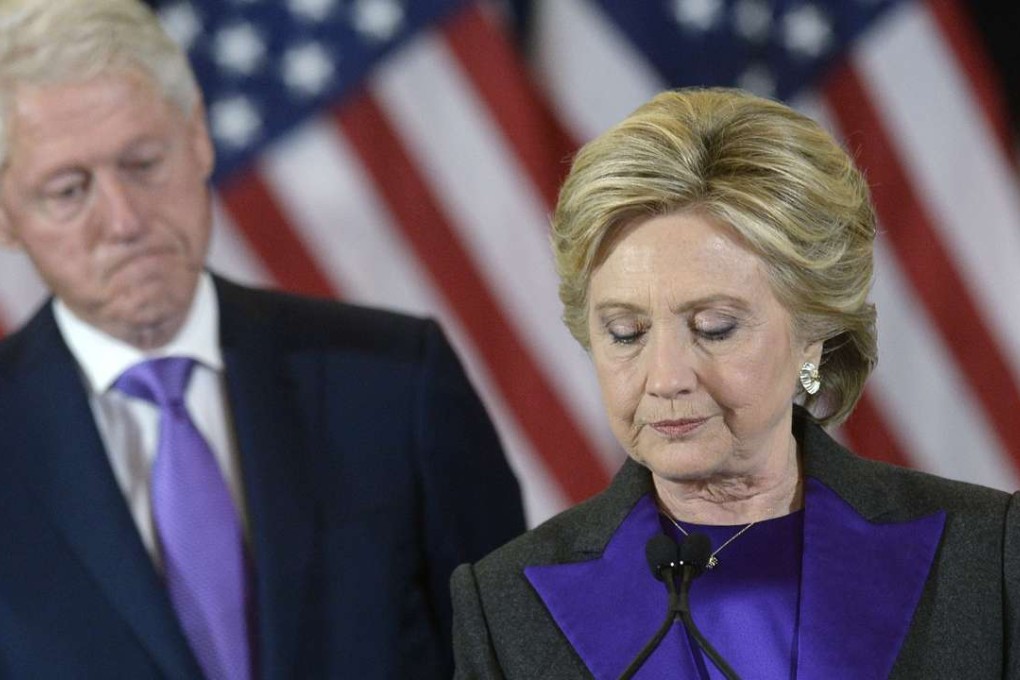How Hillary compares to Asian Clintons
She may not have broken the glass ceiling smashed by counterparts in Asia long ago – but her commitment to gender-oriented justice may prove just as lasting a legacy

Hillary Clinton’s surprise defeat in the US presidential elections means the United States is still waiting for its first female president. But for many Asian countries, having a woman as head of state is positively old hat, a state of affairs stretching back more than half a century.
When Sirimavo Bandaranaike became prime minister of Ceylon (now Sri Lanka) in 1960, it was not just a first for the region but for the world.

Like Hillary Clinton, the wife of former president Bill Clinton, all but one of South and East Asia’s 13 female leaders to date have been the wives, widows, daughters or sisters of former national presidents or prime ministers. (The exception is Tsai Ing-wen, Taiwan’s president since January, who is a single woman of Hakka and aboriginal descent who won election to the island’s highest office without a distinguished political pedigree or through marriage to a prominent politician.)
This is significant because they, like Hillary Clinton, started their political careers in the shadow of their husbands, fathers, or brothers.
One positive lesson that can be drawn from female leadership in Asia is that it reshaped thinking about political representation. Study after study shows women are seen as less powerful and influential than men.